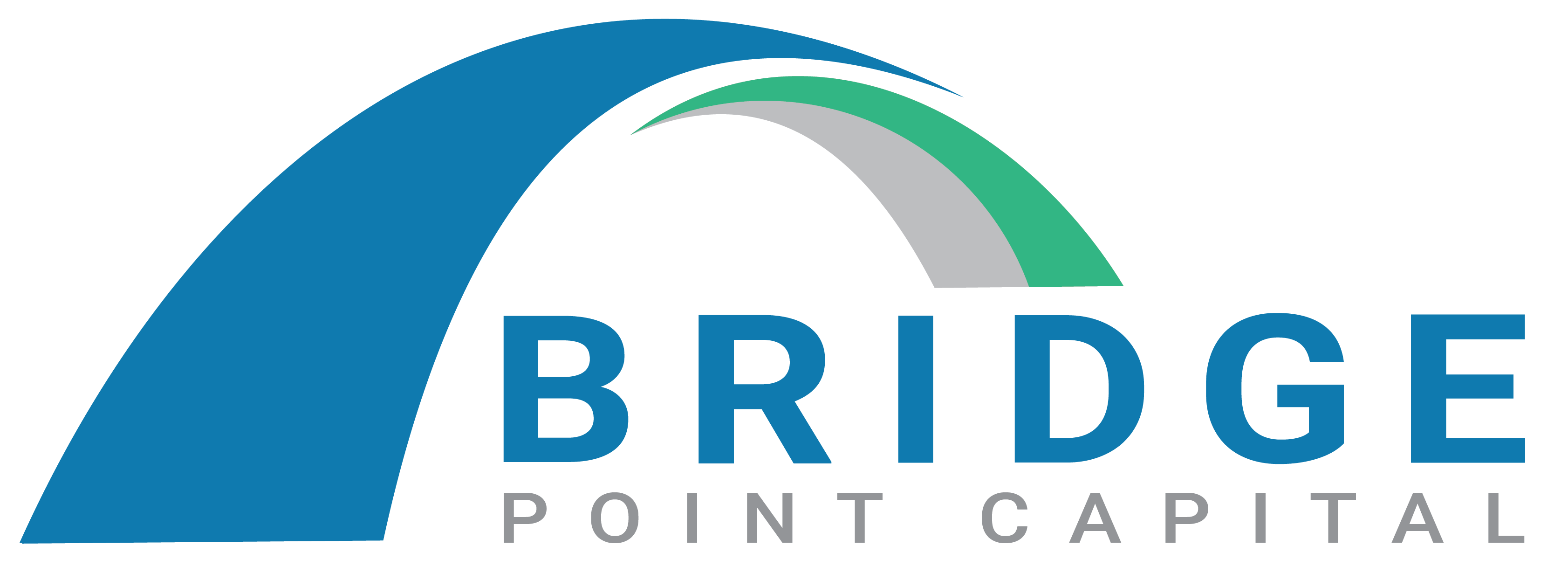
What is SPAC?
A Special Purpose Acquisition Company (SPAC) is a type of investment fund that allows public stock market investors to invest in private equity type transactions, particularly leveraged buyouts. SPACs are shell or blank-check companies that have no operations but go public with the intention of merging with or acquiring a company with the proceeds of the SPAC’s Initial Public Offering (IPO). SPAC offers an alternative conduit in assisting private companies to go public with an expedited approval process, while at the same time reducing expenses as compared to traditional IPOs and other unconventional capital-raising channels such as back-door listing or reverse mergers.
The SPAC Resurgence
Due to its unmatched flexibility, SPACs have seen resurgent interest since 2014, especially among institutional investors such as hedge funds and investment banks. While total capital raised by SPAC vehicles surged to USD10.8bn in 2018, multiples of the USD1.8bn sourced in 2014, total number of SPACs in the United States also increased to 46 in 2018, up from a mere 12 in 2014[1].
The resurgence of SPAC among institutional investors can be attributed to several factors. First, SPAC offers a liquid environment for investors to invest their money in, which allows the vehicle to raise capital faster than private equity funds and other private capital channels. It also typically raises more money than other non-traditional IPO channels which promise similar liquidity environment. For instance, SPACs in 2018 raised $234 million on average compared to just $5.24 million through reverse mergers in the months immediately preceding and following the completion of their IPOs. In addition, institutional investors also prefer SPAC for its lower risk factors than alternative channels such as reverse mergers, as SPAC allows the targeted company’s management to continue running the business and benefit from future growth or upside as the business expand, therefore aligning the incentives from all parties. Due to the sheer flexibility of SPACs, the vehicle has also been the optimal choice for Chinese looking for non-traditional financing or investment opportunities overseas.
How Does SPAC Work?
The creation of a SPAC vehicle follows a structured timeline. First, a blank-check entity is listed on a major stock exchange for an initial round of capital raising. These entities normally adopt a unit structure, having a combination of common shares and stock options or warrants, the mix of which depends on market conditions. The capital raised through this “blank-check” IPO will then be temporarily deposited in a third-party trust account and be invested in fixed-income securities, while the blank-check entity embarks on the sole mission of finding a private firm with high growth potential to acquire or merge with. The duration of the search typically lasts for 18 to 24 months. If the vehicle fails to identify or merge with a suitable candidate, the entity will liquidate and have its raised capital with interests to be returned to the investors.
On the other hand, if an appropriate target company is identified within the required time frame, comprehensive due diligence will be conducted and all shareholders of the SPAC will vote to decide whether it will merge with the target company. While the approval process is always deal specific, typically the deal will be approved if 50% of shareholders agreed to move forward with the merger. Once the shareholder’s committee gives its consent, the target company will be merged into the blank-check entity, receive the capital deposited in the trust account to finance its operation, and become a public-listed company through the SPAC vehicle. Initial investors of the vehicle, on the other hand, will spontaneously become the public shareholders of the target company.
If you enjoyed what you’ve read and want to learn more about SPAC, please stay tune to Bridge Point Capital’s monthly newsletter! We will be sending out series of updates on various financial topics, so keep an eye out for them!
[1] SPAC Research https://www.spacresearch.com/
